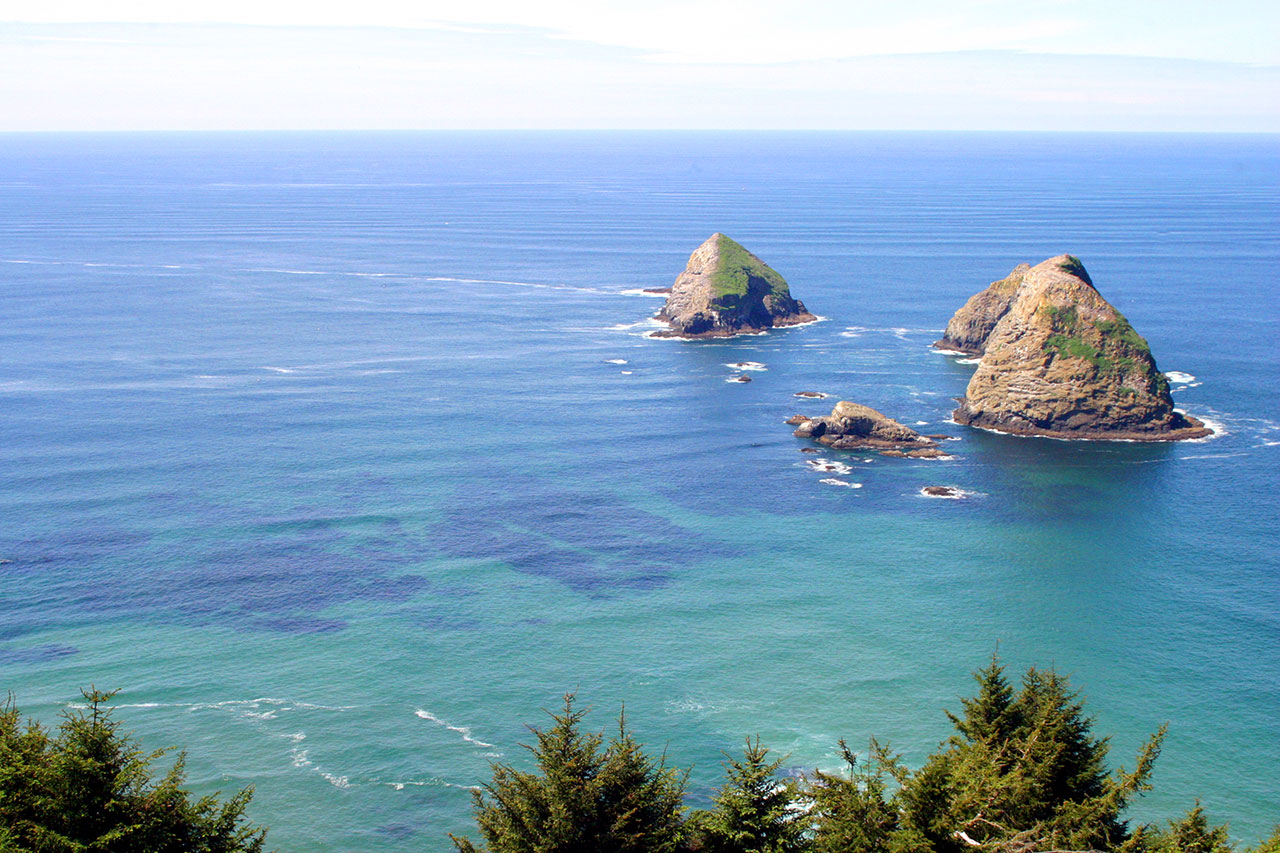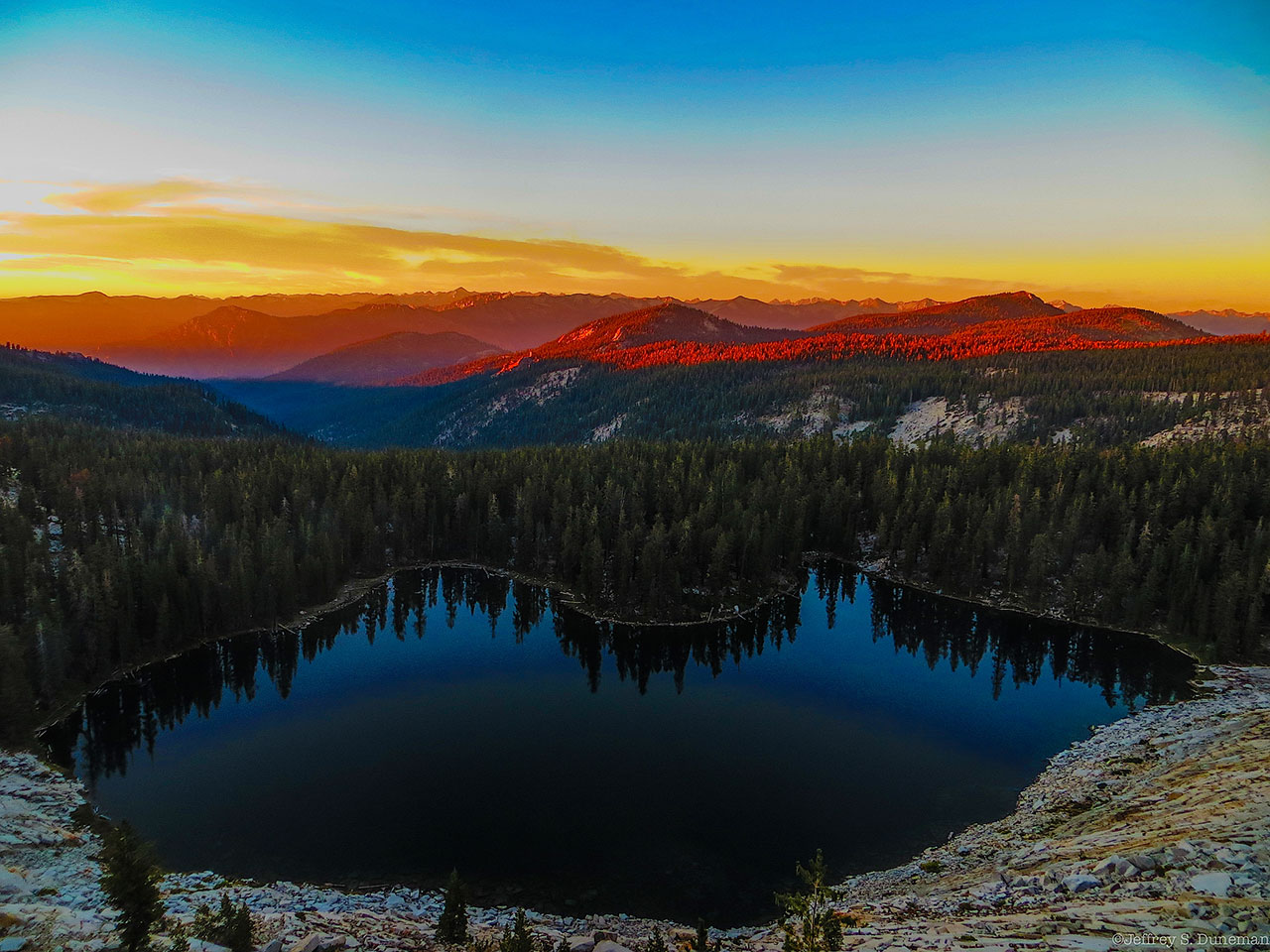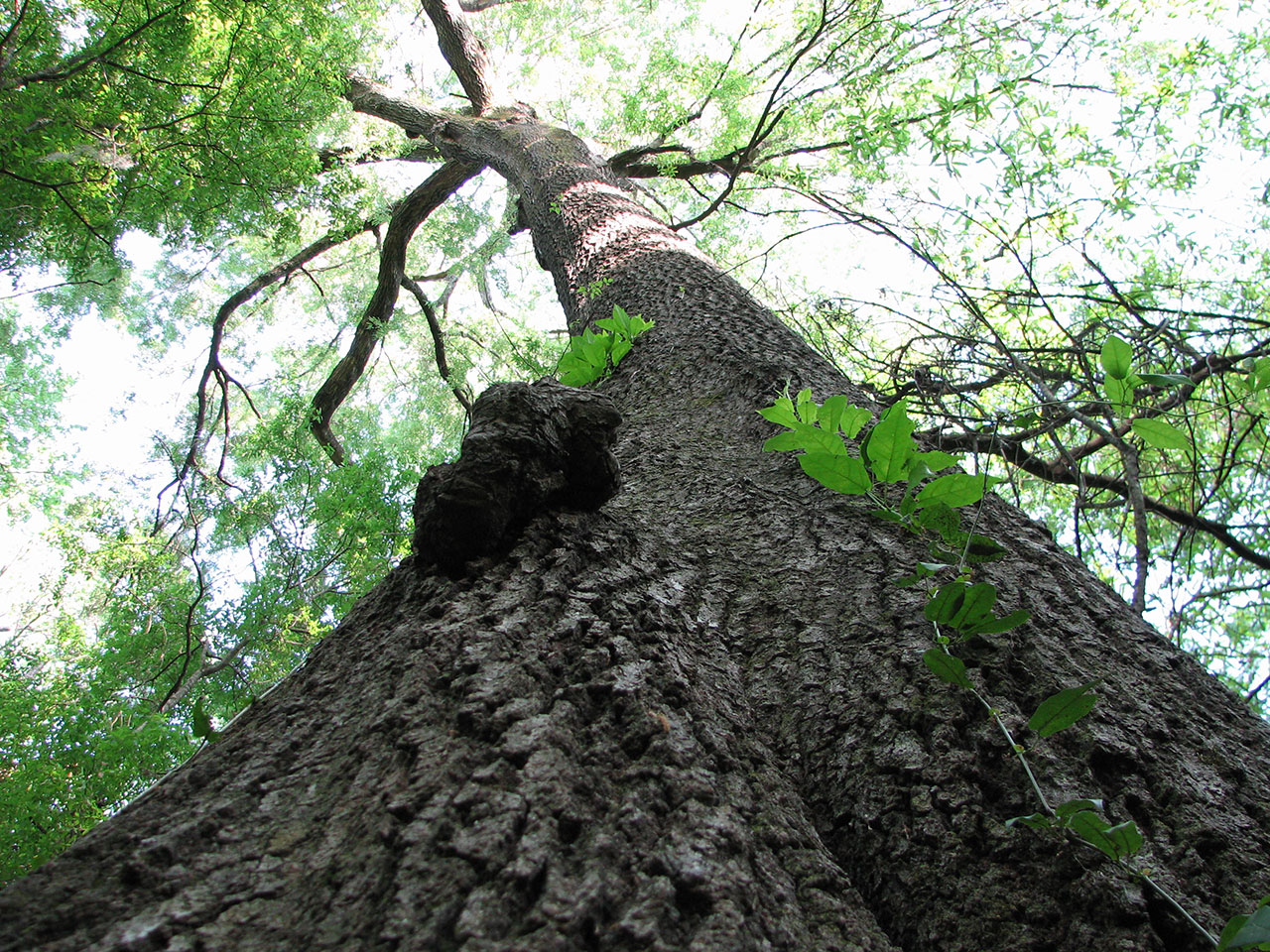Scenery
Scenic & Aesthetic Benefits of Wilderness
America's wilderness areas include some of its most titanic and awe-inspiring scenery. Consider the wave-battered Pacific Coast sea stacks of the Oregon Islands Wilderness, the colorful sedimentary striations of the Maroon Bells-Snowmass Wilderness in the Southern Rockies, or the mammoth groves of the Joyce Kilmer-Slickrock Wilderness in North Carolina's Unicoi Mountains.

Even beyond such "postcard-perfect" scenes, vistas devoid of obvious human influence have been sought out and otherwise admired for centuries. Ansel Adams, renowned early 1900s conservation photographer for whom the Ansel Adams Wilderness in California is named, was inspired by the awesome vistas of the Sierra Nevada Mountains. In most regions of the country—the lower 48 states, anyway—the visual and auditory impact of roads is overwhelming; large swaths of roadless country offer a rare and valuable exception. Places such as the mangrove backcountry of South Florida's Marjory Stoneman Douglas Wilderness or the deep mixed-hardwood forests of northwestern Wisconsin's Rainbow Lakes Wilderness enliven with their trackless depths alone.
Raw scenery-whether romantically sublime or simply fiercely wild—is another special wildland quality often appreciated even by those who don't enter wilderness areas. Highway travelers in the Columbia River Gorge, for example, savor the sheer cliffs and waterfalls of Oregon's Mark O. Hatfield Wilderness framing the southern horizon. Motorists traversing the Beartooth Highway, meanwhile, gaze across miles of stunning alpine tundra protected in the Absaroka-Beartooth Wilderness—appreciating the place whether they ever leave their car or not. Millions more contemplate wilderness grandeur via the photograph of El Capitan or a far-flung Boundary Waters lake in their wall calendars, coffee—table books, and screensavers, or the spire of Mount Jefferson looming in the background of a flashy car ad.

It's not just terrestrial scenery on magnificent display in wilderness areas. These remote places—often far from sources of major light and sound pollution--also showcase some of America's deepest night skies and most profound silences. Such celestial vistas--stocked with constellations, planets, and the drapery of the Milky Way—are robbed from much of the nation's populace by urban and suburban glare. Beyond their sheer splendor, these blazing skies, like the undeveloped terrain they overarch, also represent links to a physical environment once intimately familiar to humankind and now rarely experienced.

Wilderness beauty, though, isn't solely about broad vistas and prospects. One can appreciate that invaluable quality in the rough feel of bristlecone-pine bark in a millennia-old mountaintop grove, or the splay of maple leaves at the bottom of a clear, cold Appalachian stream. There's the springtime scent of blooming skunk-cabbage in a Cascade Range swale; the incomparable sound of a rutting bull elk as autumn chills the high Uintas; the blast of thunder over a shadowy coastal-plain swamp. Often, it's these fleeting moments and small-scale discoveries that linger longest in the memory.